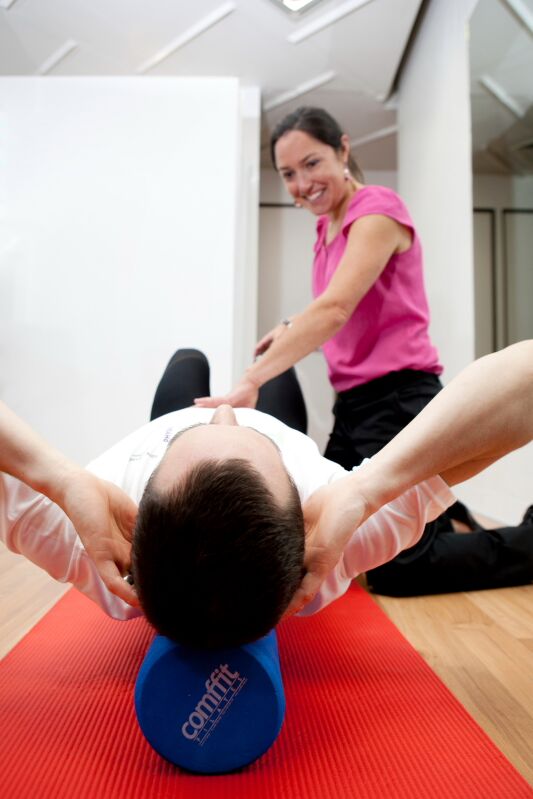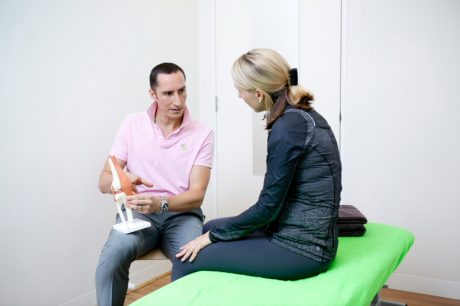The tools to building a solid relationship between a Physiotherapist and a patient
Published on
22 Aug 2018


Written by
Kate Senini
Consultant Physiotherapist
Call us on: (03) 9975 4133
In Part 2 of our July CPD, Kate Senini discusses the tools to building a solid relationship between a Physiotherapist and a patient.
How do we decide which is the best modality for you, the individual patient, with a specific injury and your own set of reasons why you want to recover?
Musculoskeletal Physiotherapists have a whole toolbox of different treatment tools that can be used for any given injury. We have modalities for joints, muscles, ligaments, soft tissues, nerves and the nervous system, inflammation, pain, swelling, circulatory problems, breathing related problems, the list goes on. The treatment tools at hand continue to grow, evolve, and become more fine tuned with science.
The choice of treatment tool is a combination of the clinical evidence of what is best, coupled with the individual patient in front of us and what may suit them best. Thus, the need for a relationship of trust, honesty, feedback and positivity is key in the successful outcome of your recovery journey.

Why the initial appointment counts.
The initial appointment is the opportunity to build a relationship between us, the physiotherapist, and you, the patient. It is the time when your injury is diagnosed and understood and your feelings around the impacts of that injury discussed. It requires openness, honesty and feedback between the physiotherapist and the patient. It provides an opportunity for you as the patient to voice the impacts of the injury, and the goals and wishes that you have.
The initial assessment is of huge importance to ascertain the injury history itself, with respect to the areas of the body that are involved and impacted by the injury. However, that initial assessment is also the opportunity for the physiotherapist to gain valuable information about you, the patient. This includes your lifestyle commitments, the activities you love, what you have been sacrificing, or compromising to live with your injury.
It allows us to understand your time pressures, family, social and work commitments, how the injury has impacted your life and how it has made you feel.
This means the treatment plan to address your injury, including your goals and wishes will be specific and relevant to you. It creates an opportunity to discuss your goals and plan for returning to activity.
We’re here to help.
Read on for the next instalment which discusses the key tools to building a positive relationship throughout the complete treatment journey.
About the Author
Kate Senini — Consultant Physiotherapist
Kate, who was a founding partner at Pure Physio in 2010, is now working exclusively in a clinical role. Helping people recover from injury and prevent future injuries has always been her true passion!
Back to blog home